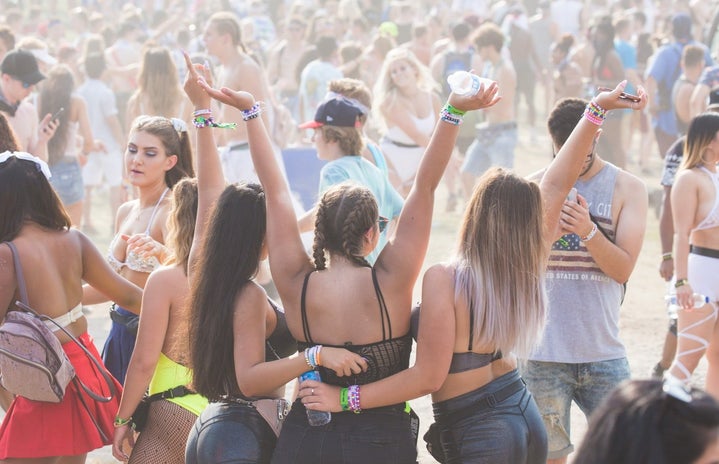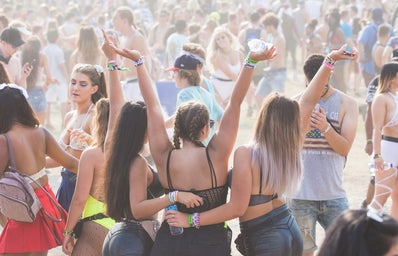On July 5th, 1997, a sold-out crowd of more than 15,000 people gathered at the Gorge Amphitheatre in George, Washington for the first-female led rock music festival. Named after Adam’s first wife who refused to submit to male authority, Lilith’s Fair was a traveling production that toured in the summers of 1997, 1998, and 1999. It was the brainchild of Canadian singer-songwriter Sarah McLaughlin and featured main acts such as Sheryl Crow, Jewel, Fiona Apple, Meredith Brooks, Indigo Girls, and Paula Cole. Although the concert tour would only last for three years, it featured more than 300 female artists, donated $10 million of its $52 million gross profit to women’s charities, and made over 130 tour stops in North America.
“Male artists, male producers, male roadies. Everything was male. Everything, everything, everything.” – Liz Phair
Before Lilith’s Fair, the common consensus in the music industry was that having more than one woman on the setlist would reduce ticket sales. Female singer-songwriters were forced into a competitive realm with other women artists just to be a headlining act or to have their songs played on the radio. Frustrated by the countless walls put up by a male-dominated industry, Sarah McLaughlin created Lilith’s Fair as a celebration of women’s music and a statement to the sexism of traditional preconceptions in the music business. The festival attracted a crowd of more than 1.5 million people, proving the age-old notion that “Nobody will come to see two women” was completely unfounded.
“This tour is not meant to push men aside, its merely meant to celebrate the fact that women finally have a strong voice and we just want to make things a little more balanced” -Sarah McLaughlin
What made Lilith’s Fair special is that it was a safe space for women. There was no fear of audience members shouting out misogynistic comments or male performers looking down on their acts. It was a place where everyone felt welcome and included. These women no longer saw each other as competition but instead as collaborators. There were no barriers to how they could perform their sets. The production felt less like the mosh pits and crowd surfing of Lollapalooza and more like a group of friends joining a jam session. At the end of each performance, every stage artist would be invited back on stage for one last encore. There was power in having a space where women could be celebrated.
“Lilith Fair itself was a great example of the inroads that women were making, in terms of maintaining control of their creative output. Then at the end of the ’90s, everything pop music goes into computers, and suddenly labels only trust producers and mixers. There’s less women in that field, and so suddenly everything goes right back in the hands of a bunch of antisocial men.” -Jamie Brooks
Even after the success of Lilith’s Fair, the music industry still struggled to recognize the validity of female artists. From 2013 to 2020, only 11.7 percent of Grammy-nominated artists were women. The University of Southern California Annenberg Inclusion Initiative conducted a survey in 2020 that concluded that women represented only a third of performers, 12.5% of songwriters, and 2.6% of producers. When criticized for lack of representation in 2018, Grammy president Neil Portnow stated, “It has to begin with… women who have the creativity in their hearts and souls, who want to be musicians, who want to be engineers, producers, and want to be part of the industry on the executive level… [They need] to step up because I think they would be welcome.” And they did.
With a heightened demand for inclusion, the 2021 Grammy nominees featured women in almost every major category. Thirteen out of the twenty-three featured acts were performed by female artists. All of the major awards of the night, Song of the Year, Record of the Year, Album of the Year, and Best New Artist, were received by women. While this is a BIG win for representation, it does not negate the fact that the music industry is still not as inclusive as it can be. Having an equal mix of female artists should not be praised, it should be expected. Lilith’s Fair was ground-breaking because it was an artistic space created BY women FOR women. Inclusion does not start at just the performers. It begins with tech directors, producers, directors, and even roadies. Our work is not done, but there is hope for female creators because of movements like Lilith’s Fair.
Here’s a playlist to listen to some of the songs featured at Lilith’s Fair.



